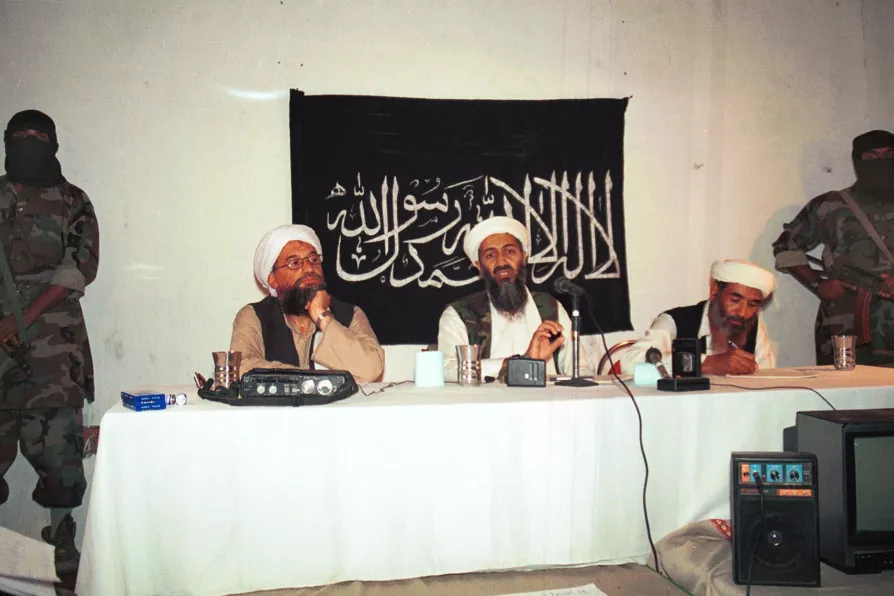Once the bustling heart of Christian pilgrimage, Bethlehem now faces shuttered hotels, empty streets and a shrinking Christian community, while Israel’s assault on Gaza and the tightening grip of occupation destroy hopes of peace at the birthplace of Christ, writes Father GEOFF BOTTOMS
The Tora Bora tunnel kingdom that wasn't: lessons in fake news
Bin Laden's underground mountain network with hydroelectric power and 1,000 fighters has been forgotten since it dominated the news in 2001 — because it never existed. SOLOMON HUGHES drops a bunker buster on a classic incidence of war propaganda

 Ayman al-Zawahri, centre left, and Osama bin Laden, centre, hold a news conference in Afghanistan in 1998
Ayman al-Zawahri, centre left, and Osama bin Laden, centre, hold a news conference in Afghanistan in 1998
THE anniversary of September 11 is prompting media reminiscenses about the War on Terror — so let’s also look back at media’s misinformation in that war.
Bin Laden and his al-Qaida terrorists were based in Afghanistan, which was ruled by the Islamist Taliban government.
In October 2001, US and British planes began bombing Afghanistan aiming at both al-Qaida and Taliban “targets” because the Taliban had not agreed to hand over Bin Laden to the US.
Similar stories

Ben Cowles speaks with IAN ‘TREE’ ROBINSON and ANDY DAVIES, two of the string pullers behind the Manchester Punk Festival, ahead of its 10th year show later this month

JESSICA WIDNER explores how the twin themes of violence and love run through the novels of South Korean Nobel prize-winner Han Kang

JAN WOOLF wallows in the historical mulch of post WW2 West Germany, and the resistant, challenging sense made of it by Anselm Kiefer

The Morning Star sorts the good eggs from the rotten scoundrels of the year











